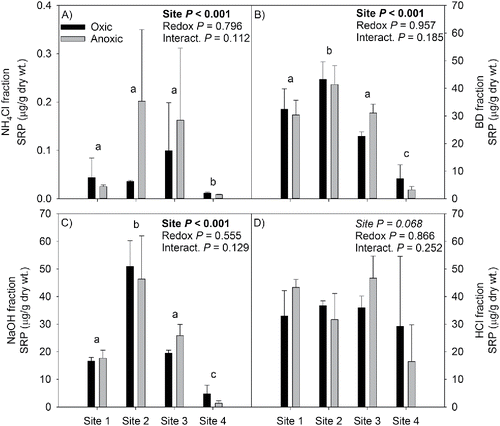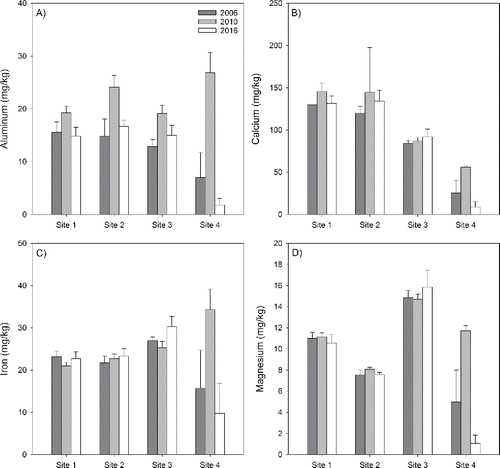Figures & data
Figure 1. Map of Spring Lake, showing bathymetry (m) of overall lake, and detail at each sampling location (1–4). Upper left inset shows location of Spring Lake in the lower peninsula of Michigan. Flow moves from station 4 south to station 1, and then through the outlet below station 1 into the Grand River.
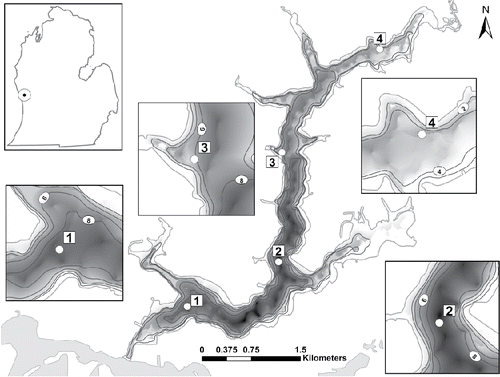
Table 1. Selected physical limnological characteristics of sampling sites in Spring Lake. 2003 data in italics, 2006 and 2010 data in black (2nd and 3rd lines within a cell, respectively), 2016 data in bold (4th line). The 2003 data were collected from sites 1 and 2 on 10–11 June and from sites 3 and 4 on 16 July; 2006 data were collected on 1 August; 2010 data were collected on 9 September; 2016 data were collected on 12 September.
Figure 2. a) Chlorophyll a, b) SRP, and c) TP concentrations from samples collected at the 4 sites in Spring Lake in 2004 (pre-alum), 2006, 2010, and 2016. Note that for SRP and TP, data are presented as near surface and near bottom in the water column.

Figure 3. Mean (± SE) invertebrate density of each major taxonomic group identified at each site in Spring Lake in 2004, 2006, 2010, and 2016.

Figure 4. Mean (± SE) total invertebrate densities in Spring Lake in 2004, 2006, 2010, and 2016. Different letters within a site indicate statistically significant differences among years.
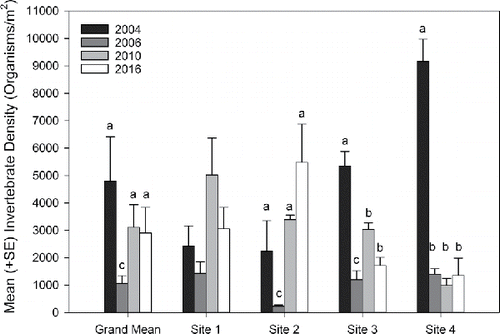
Table 2. Maximum TP release rate (hypoxic conditions) from sediment cores. Units in mgP/m2/d. Different letters within a row signify significant difference among years at P < 0.05.
Table 3. Maximum TP concentration released from sediment cores measured under hypoxic conditions in the laboratory from 2003 (pre-alum), 2006, 2010, and 2016. Note that sampling times varied among years. Units in µg/L.
Figure 5. TP concentration (mg/kg) in dry sediment collected in 2004, 2006, 2010, and 2016. To facilitate comparisons among years, the data shown represent post-anoxic incubation conditions.
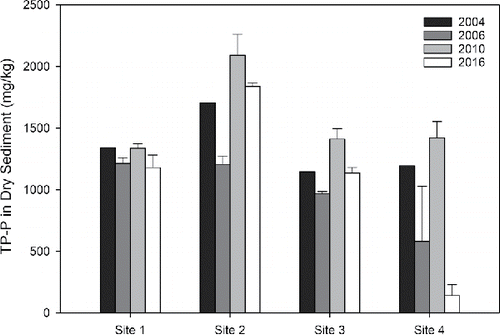
Figure 6. SRP concentrations from sediment fractionation shown for oxic (black bars) or hypoxic (gray bars) treatments per site. Different letters within each panel indicate statistically significant differences among sites. Note that the y-axis scale is different for panel A (NH4Cl—loosely sorbed).
